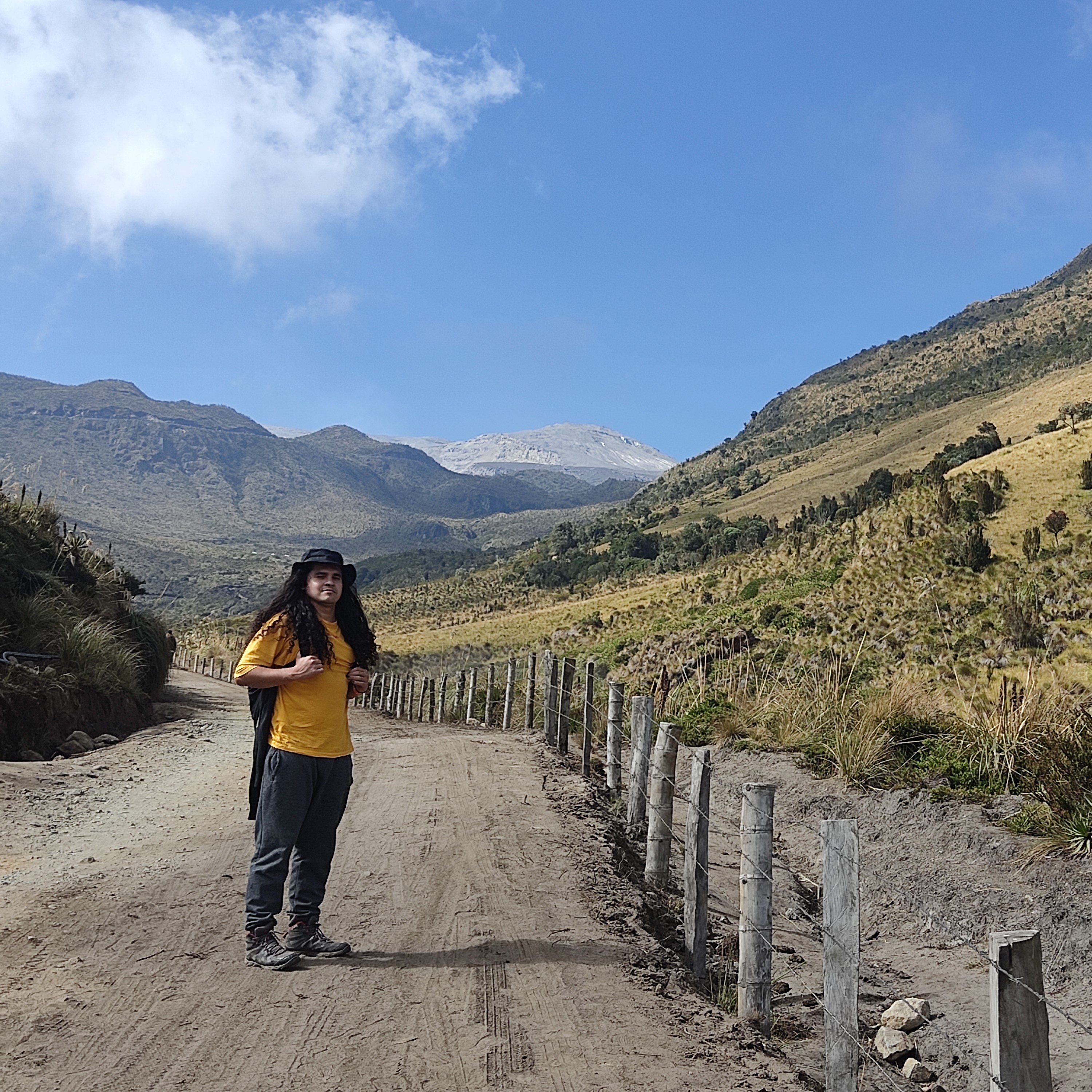Renzo Stefano Hillmann

Data Scientist and AI Engineer
Technical Skills
Cloud & AI Platforms:
Azure Cloud · Azure AI Services · Azure OpenAI · Cognitive Services
AI Frameworks & Orchestration:
LangGraph · LangChain · Semantic Kernel
Programming Languages:
Python · C# · C++ · SQL
DevOps & Infrastructure:
Terraform · CI/CD (Azure DevOps, GitHub Actions) · REST APIs · Git
Education
-
B.S., Physics National University of Colombia (Expected date: June 2026) Relevant Coursework: Computational Physics and HPC, Statistical Mechanics, Statistics and Probability, Mathematical Methods for Physics, Gen. Relativity, Quantum Mechanics, Int. Experimental Research, Science of Climate Change.
Languages
- Spanish 🇨🇴 (Native)
- English 🇺🇸 (C1)
- German 🇩🇪 (B2)
Work Experience
Teacher of Physics, Math and Computer Science @ Freelance (January 2021 - Present)
- Guided university and high school students to understand science and achieve computer science literacy
- Further honed my computer science and teaching skills
Data Scientist @ DataKnow (Marzo 2025 - Present)
- Develop and integrate generative AI solutions using Azure OpenAI, Cognitive Services, and custom pipelines.
Projects
Climate change in Colombia: A case study of temperature trends in four distinct locations (Data Science in Python)
The temperature increase was identified at four distinct locations in Colombia (using Python), each exhibiting unique climatic characteristics. The findings suggest that there is a possibility that the temperature is increasing at a faster rate in regions with colder and warmer climates when compared to those with moderate climates. In regions with lower temperatures, such as high mountains (‘Nevados’, Paramos, and glaciers, including those observed in La Sierra Nevada del Cocuy), the temperature change is more pronounced than in other locations. In El Cocuy, for instance, a noteworthy increase of 6°C of the daily maximum temperature was recorded.
Site Percolation and Threshold analysis using Union-Find algorithms in C++
We found the probability that a percolating cluster exists in a randomly filled square matrix with a given size L. The Hoshen-Kopelman algorithm was adapted, which labels the existing clusters in a grid, to differentiate them from each other and finally find the percolating clusters.
Certifications
- Microsoft Certified: Azure AI Engineer Associate (AI-102)
- Microsoft Certified: Azure AI Fundamentals (AI-900)
Certified Online Courses
- Introduction to Data Science in Python from the University of Michigan via Coursera
- Applied Plotting, Charting & Data Representation in Python from the University of Michigan via Coursera